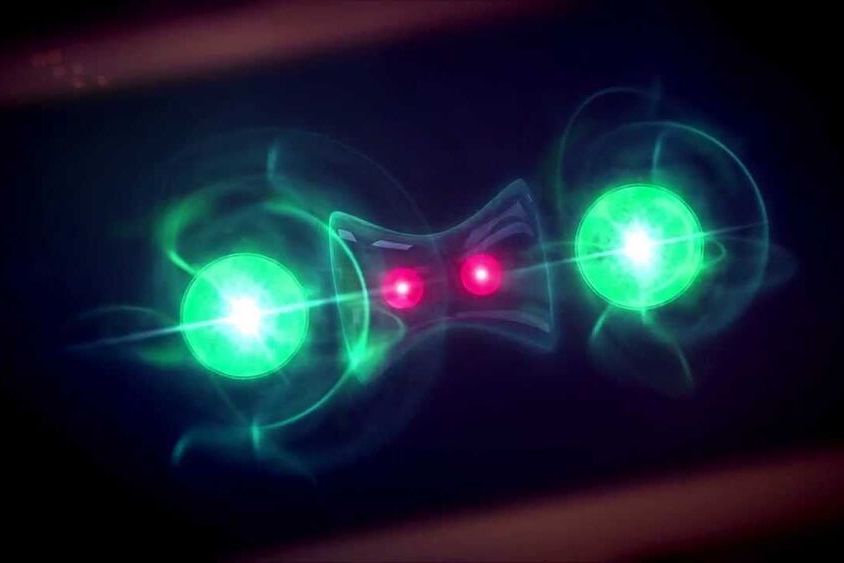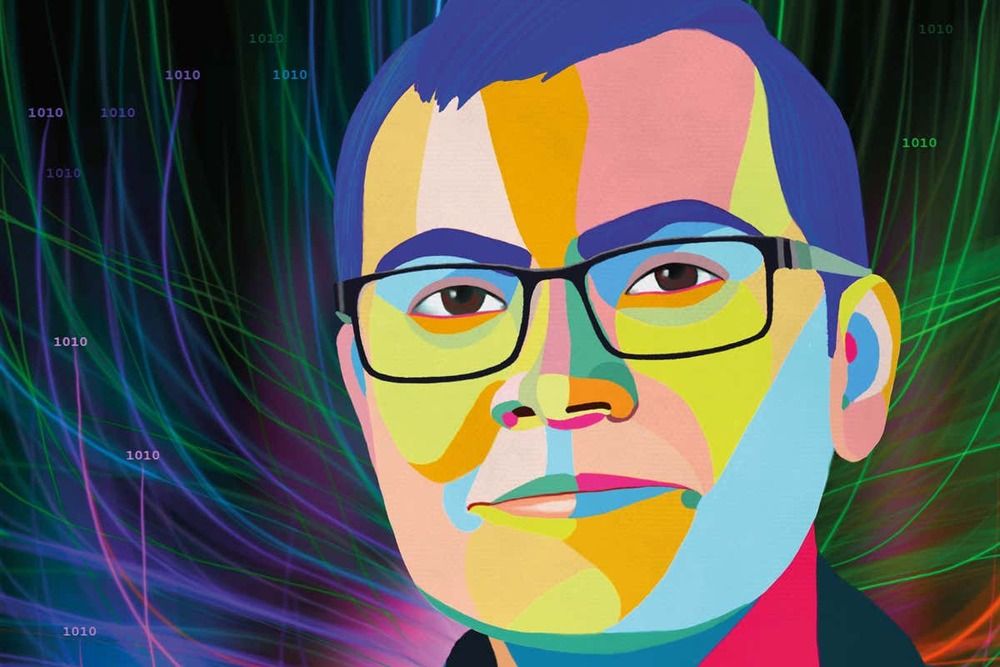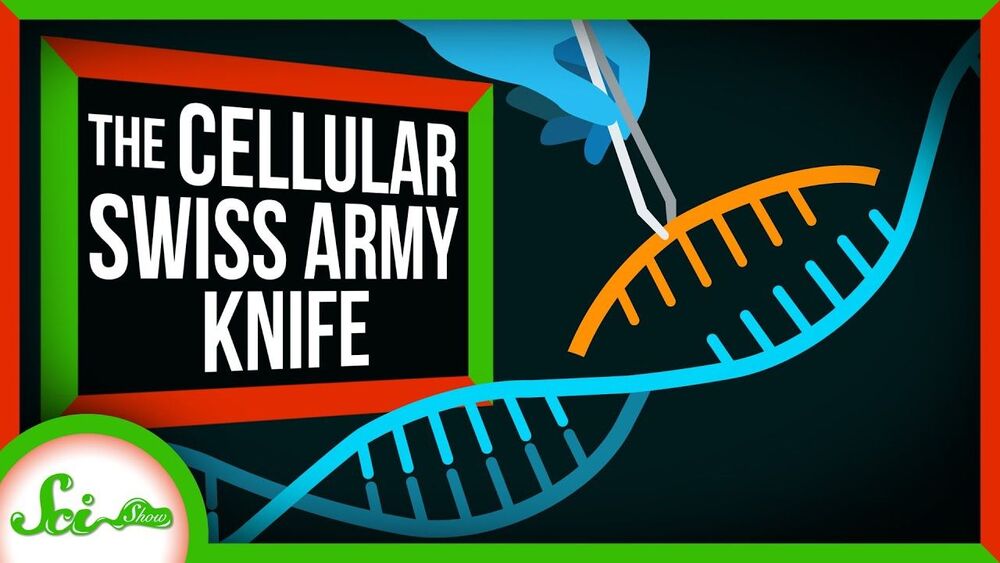The firm did not say what type of code was accessed and said no changes to the code were made.
We’re getting a lot of these aren’t we? 😃
Before that, this year’s final asteroid, 2020 YB4, measuring just 36 meters in diameter or roughly half the wingspan of a 747, passed by the Earth shortly after 6am UTC at a distance of 6.1 million kilometers. That means, in terms of the threat posed by space rocks at least, the planet made it out of 2020 somewhat intact.
However, in the first days of January, three additional, small Near Earth Objects (NEOs) will grace the Earth with their presence, for a brief time.
Scientists are edging closer to making a super-secure, super-fast quantum internet possible: they’ve now been able to ‘teleport’ high-fidelity quantum information over a total distance of 44 kilometres (27 miles).
Both data fidelity and transfer distance are crucial when it comes to building a real, working quantum internet, and making progress in either of these areas is cause for celebration for those building our next-generation communications network.
In this case the team achieved a greater than 90 percent fidelity (data accuracy) level with its quantum information, as well as sending it across extensive fibre optic networks similar to those that form the backbone of our existing internet.
Microsoft revealed that hackers behind the SolarWinds supply chain attack were able to access some of its source code.
While many institutions are developing quantum computers, making a quantum internet requires a way to transfer the information between computers. This is accomplished by a phenomenon called quantum teleportation, in which two atoms separated by large distances are made to act as if they are identical.
Don Lincoln writes about recent research that has brought us closer to actualizing the goal of a quantum internet, giving us both hope and fear about what it could mean for the future.
DeepMind’s co-founder says artificial intelligence is set to crack many of the toughest problems in science, from the nature of life to nuclear fusion.
The 100 Best Inventions of 2020
Posted in innovation
Every year, TIME highlights the best tech inventions. Check out their top 100 list for #2020 👇
Groundbreaking innovations that are making the world better, smarter and a little more fun.
While it’s probably most famous for its role in gene editing, CRISPR does more than just that: its ability to precisely cut and alter DNA could lead to new antibiotics, faster diagnosis tools, and more.
Hosted by: Hank Green.
SciShow has a spinoff podcast! It’s called SciShow Tangents. Check it out at http://www.scishowtangents.org.
———
Support SciShow by becoming a patron on Patreon: https://www.patreon.com/scishow.
———
Huge thanks go to the following Patreon supporters for helping us keep SciShow free for everyone forever:
Marwan Hassoun, Jb Taishoff, Bd_Tmprd, Harrison Mills, Jeffrey Mckishen, James Knight, Christoph Schwanke, Jacob, Matt Curls, Sam Buck, Christopher R Boucher, Eric Jensen, Lehel Kovacs, Adam Brainard, Greg, Ash, Sam Lutfi, Piya Shedden, KatieMarie Magnone, Scott Satovsky Jr, charles george, Alex Hackman, Chris Peters, Kevin Bealer.









